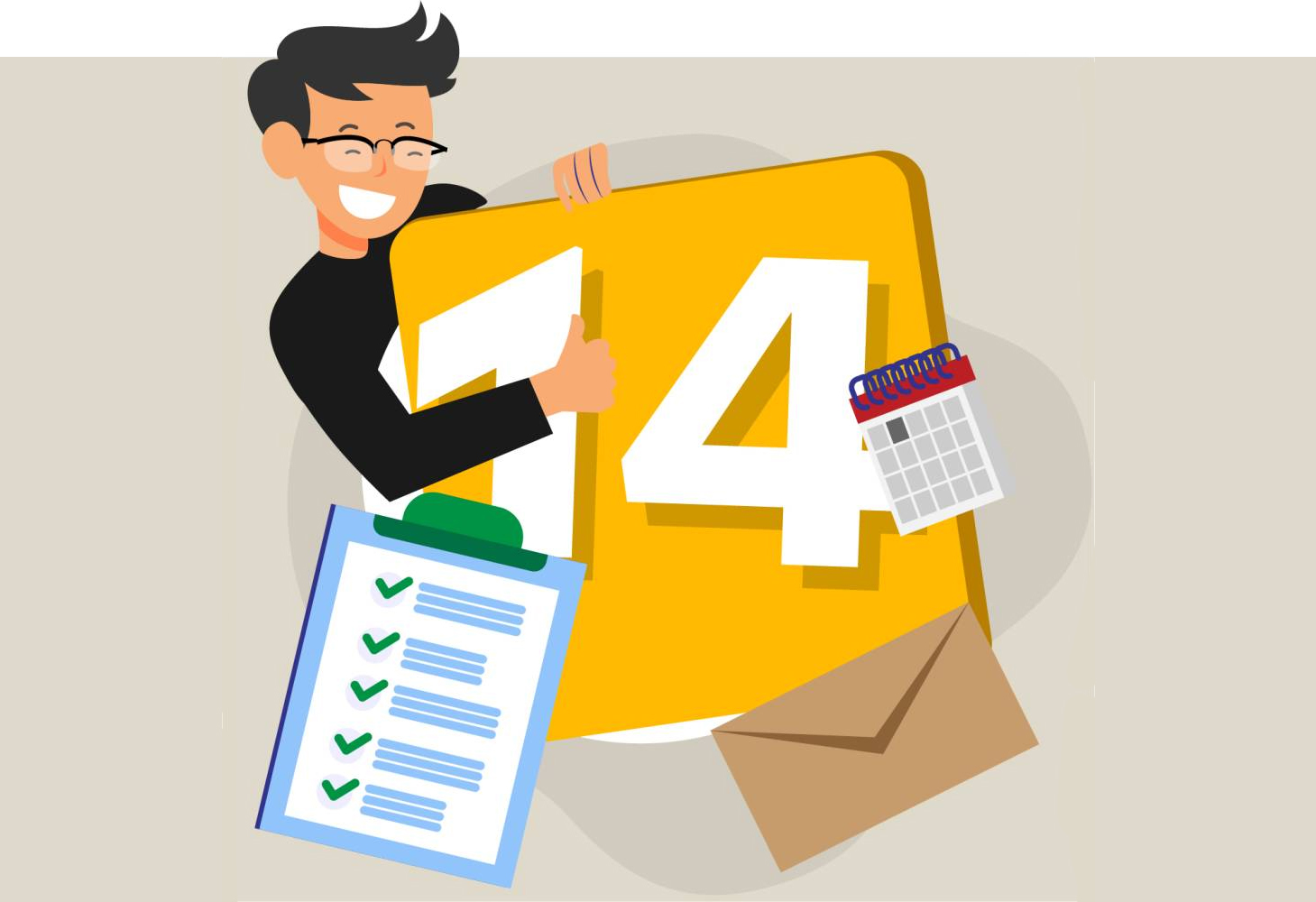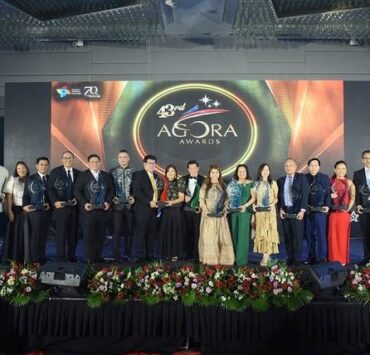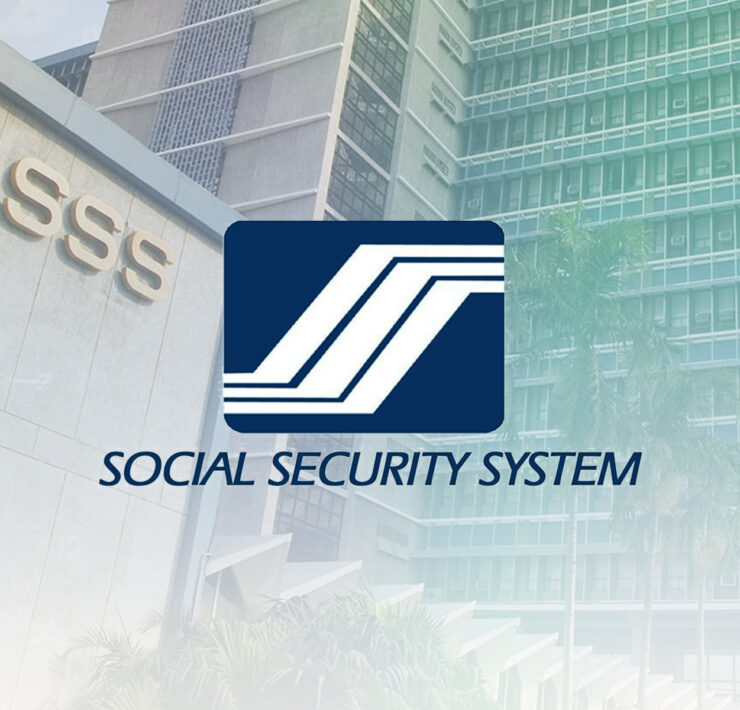Consumer behavior: 14 marketing laws

Understanding consumer behavior isn’t just about selling products—it’s about understanding how people think, feel and make decisions. Over time, marketers have discovered certain “laws” that influence what consumers buy. Some are based on solid science, while others are just oversimplified myths. In this guide, I’ll break down some of the most important laws that drive consumer behavior and show you how to apply them in real life.
1. Law of recency: What happened last matters most
We tend to remember and be influenced most by our most recent experiences. Last interaction you had with a customer? It could be the tipping point in whether they buy from you or not.
Research by Serlin and Tversky (2017) found that humans are more likely to recall and act on the last piece of information they encounter, especially if it’s positive.
How to use: End every customer interaction on a high note—whether it’s a call, email or meeting. A positive conclusion will leave a lasting, favorable impression.
Practical example: If you’re a restaurant owner, experiment by ensuring that the last interaction with your customers—thanking them personally as they leave or offering them a small breath-freshening candy—leaves them with a positive, memorable experience. You can ask for feedback and observe if repeat visits increase, especially when the customer remembers the personal touch from the final interaction.
2. Law of consistency: People stick to what they have already committed to
Once someone agrees to a small request, they’re more likely to say yes to something bigger. It’s the classic “foot-in-the-door” strategy.
Cialdini’s 1978 study showed that when customers commit to something small (like subscribing to an email list), they are more likely to follow through with larger commitments later.
How to use: Ask for small commitments that can grow over time. Get people to say “yes” to a free download, then follow up with an offer to buy your product.
Practical example: If you’re running a school, you could ask your graduating students to give a small scholarship donation at an appropriate time. Once they’ve done this, follow up with a reminder the next year indicating their previous donation. You’ll likely see higher engagement now that they have a job because they’ve already made a small commitment to your school previously.
3. Law of contrast: People decide by comparing options
People make decisions by comparing things. Show an expensive product first, and the next one will seem like a better deal.
Hsee and Leclerc (1998) confirmed that when you offer three options—one high-priced, one medium-priced and one low-priced—the middle one often becomes the preferred choice.
How to use: Create product comparisons. If you want a midtier product to stand out, place it between an expensive option and a cheap one.
Practical example: When selling wines, display the most expensive option, followed by a midrange brand, and then a low-end brand side by side. Filipinos not familiar with wines might find that the midrange option seems like the most reasonable choice.
4. Law of reciprocity: Give first, get later
People feel obligated to return favors. Give something of value first and customers will be more inclined to return the favor by buying from you.
Cialdini (1974) showed that when you offer something free—like free advice or a sample—customers are more likely to reciprocate by purchasing something.
How to use: Offer something useful before asking for a sale. Whether it’s a free e-book, a discount, or valuable content, the first step is always giving first.
Practical example: In the grocery food industry, offer free-taste sampling at your store or mall kiosk. Filipinos love trying before buying, and by giving them a small taste of a dish or product, they might feel inclined to purchase a full serving afterward if they enjoyed it.
5. Law of scarcity: Limited availability creates demand
When something is scarce, it becomes more valuable. Limited-time offers, or saying “only three left” (assuming you really have three left), can create greater attention and an immediate sense of urgency to buy.
Cialdini (2001) showed that scarcity triggers a fear of missing out (FOMO), driving consumers to make quick decisions.
How to use: Use scarcity tactics like limited stock or flash sales to prompt faster decision-making from customers.
Practical example: If you’re selling concert tickets, create a sense of urgency by saying, “Only 50 tickets available for VIP access.” Filipinos are particularly FOMO-driven, especially when it comes to events and limited offers, so this strategy will likely increase urgency and lead to faster ticket sales.
6. Law of familiarity: Repeated exposure builds trust
The more people are exposed to a product or brand, the more trust they develop toward it. Consistent exposure leads to higher sales.
A study by McFerran et al. (2016) showed that familiarity breeds trust—the more a consumer sees a brand, the more likely they are to choose it.
How to use: Focus on brand visibility. Use consistent messaging and advertising to stay top of mind. The more your target market sees your brand, the more they’ll trust you.
Practical example: If you run a local e-commerce store, consider running weekly Facebook ads with consistent branding—featuring the same logo, colors and message. By showing up frequently in the news feeds of your target market, you’ll build brand familiarity and your sales will likely increase as consumers become more comfortable with your brand.
7. Law of authority: People listen to experts
Consumers tend to trust experts more than anyone else. The more you position yourself as an authority in your field, the more likely people are to listen to you.
Milgram’s 1963 study on obedience shows that people follow authority figures even in uncertain situations. Consumers act the same way.
How to use: If you have industry credentials, highlight them. Share your knowledge or success stories to position yourself as a trusted expert.
Practical example: If you’re a financial consultant in the Philippines with track record, start offering free online webinars or live sessions about personal finance. By positioning yourself as an expert, you’ll increase trust among your Filipino audience and boost interest in your paid services.
8. Law of likability: People buy from those they like
People are more likely to buy from salespeople they like and trust. Building rapport with customers can significantly boost sales success.
Research by J.B. McAllister (2015) published in the Harvard Business Review shows that building rapport increases sales effectiveness. People are more willing to buy from someone they feel a personal connection with.
How to use: Focus on building genuine relationships with your customers. Take the time to listen to their needs and show empathy.
Practical example: For a local beauty brand, Filipino customers appreciate the personal touch. Encourage salespeople to build rapport by complimenting customers, showing interest in their needs and offering personalized advice. You’ll likely see increased loyalty and repeat business, as Filipinos value warm and friendly interactions.
9. Law of social proof: People follow the crowd
Consumers tend to follow the actions of others, especially when they’re uncertain. Positive reviews, testimonials or seeing others use a product can be incredibly persuasive.
Cialdini’s research on social proof (2001) demonstrated that people are more likely to engage in a behavior if they see others doing the same.
How to use: Leverage user-generated content, testimonials and social media influencers to create a sense of validation for your product.
Practical example: For a local clothing brand, collaborate with influencers or encourage your customers to post photos wearing your clothes and tag your brand. Filipinos trust the opinions of others in their network, and seeing real people use your product will likely increase interest and sales.
10. Law of urgency: Creating a sense of immediacy to drive action
People tend to act quickly when they feel a sense of urgency. Creating limited-time offers or emphasizing that a product is in short supply encourages immediate decision-making.
Studies like Gneezy and Imas (2012) show that scarcity and urgency lead to faster purchasing decisions, as customers fear missing out on an opportunity.
How to use: Use countdowns, limited-time offers or highlight low stock to push customers to act now rather than later.
Practical example: For an online store, during “99 Sale” days or “3-day Sale Week,” create a countdown timer on your website and highlight those with limited stock on high-demand items. Promo-conscious consumers are quick to act when they see flash sales or time-sensitive discounts, especially when they believe they’re getting a good deal.
11. Law of clarity: Simplifying the message for better understanding
The simpler your message, the more likely your customers are to understand and act on it. Clear, straightforward communication reduces confusion and increases sales.
Heath and Heath (2007) research argues that the clearer and simpler a message, the easier it is for customers to engage with and respond to it. People don’t want to spend time deciphering complicated messages.
How to use: Keep your marketing messages concise and focused on customer benefits. Avoid jargon or overcomplicated descriptions.
Practical example: For a food delivery service, experiment with short, simple but clear messaging like “Order now, get 20 percent off today only” versus a more complex offer with additional terms. Filipinos often appreciate straightforward deals without too many conditions, and clear messages are more likely to get shared with others.
12. Law of authenticity: Be genuine
Consumers value brands that are honest and authentic. If a brand or its spokesperson feels fake or inauthentic, customers are more likely to disengage.
Influencer Marketing Hub – The Influencer Marketing Benchmark Report 2023 shares a growing skepticism toward influencer-driven marketing; consumer trust in influencers has been declining due to overcommercialization and the growing demand for authenticity. The study highlights that consumers increasingly prefer influencers who are seen as genuine and relatable, rather than those who promote unattainable lifestyles. It points out that 70 percent of consumers say they trust micro-influencers more than celebrities or macro-influencers.
How to use: Be transparent in your communication, admit mistakes and ensure that your values and actions align with your messaging, prequalify influencers carefully.
Practical example: For influencer marketing, focus on tapping more micro-influencers who are actual product users, rather than big mainstream influencers who are paid to promote but aren’t product users. Choose influencers who emphasize “real” over “perfect” (e.g., social media accounts with raw, unpolished content) and brands that embrace unfiltered promotion. Filipino consumers are drawn to brands that are transparent about their practices and values, as authenticity resonates deeply with them.
13. Law of ownership: People value what they own
Once people own something, they tend to value it more. This is why free trials or samples work—once customers experience a product, they are more likely to purchase it.
Kahneman and Thaler’s (1990) research on the endowment effect shows that people place a higher value on things they own or have experienced, even if they haven’t fully paid for them yet.
How to use: Allow potential customers to experience your product. Offer free trials, test runs or samples so they feel a sense of ownership.
Practical example: If you run a local gym, offer a seven-day free trial for new customers. After they’ve experienced the gym facilities and community, they’ll likely feel more invested in the idea of joining long-term, especially when they’ve already enjoyed the experience.
14. Law of exclusivity: Limited access increases desire
People want what they can’t easily have. When something is exclusive or available only to a select few, it becomes more desirable.
Research by Gneezy (2012) shows that scarcity paired with exclusivity significantly boosts demand. Consumers are willing to pay more for limited access or to feel “special.”
How to use: Offer exclusive products, members-only offers, or VIP access to create a sense of privilege for your customers.
Practical example: If you’re a retailer, you could launch a VIP-only sale for loyal customers or specific credit card holders, giving them early access. Many Filipinos appreciate being treated as VIPs and enjoy the feeling of belonging to an exclusive group, which makes them more likely to make a purchase when given this special access.
These 14 marketing laws are powerful principles grounded in psychology and research that can help you understand and influence consumer behavior. Whether you’re testing them in your marketing or sales tactics, these laws offer real, evidence-backed strategies for boosting your business’s success. —Contributed INQ
Josiah Go is the chair and chief innovation strategist of Mansmith and Fielders Inc.
Want to gain more insights?
The annual Mansmith Market Masters Conference, featuring top CEOs, legendary founders, leading innovators, turnaround specialists and top mentors, is on March 11 at SMX Aura. Visit marketmastersconference.com for details.
Josiah Go is chair and chief innovation strategist of Mansmith and Fielders Inc. He is also cofounder of the Mansmith Innovation Awards. To ask Mansmith Innovation team to help challenge assumptions in your industries, email info@mansmith.net.





















